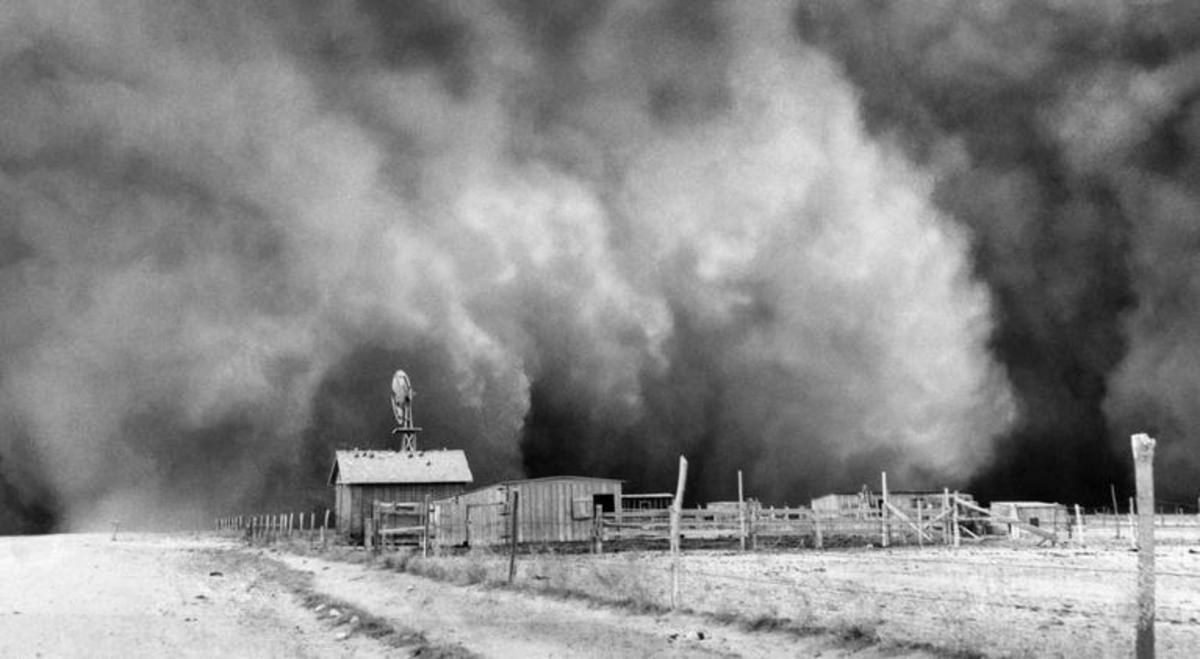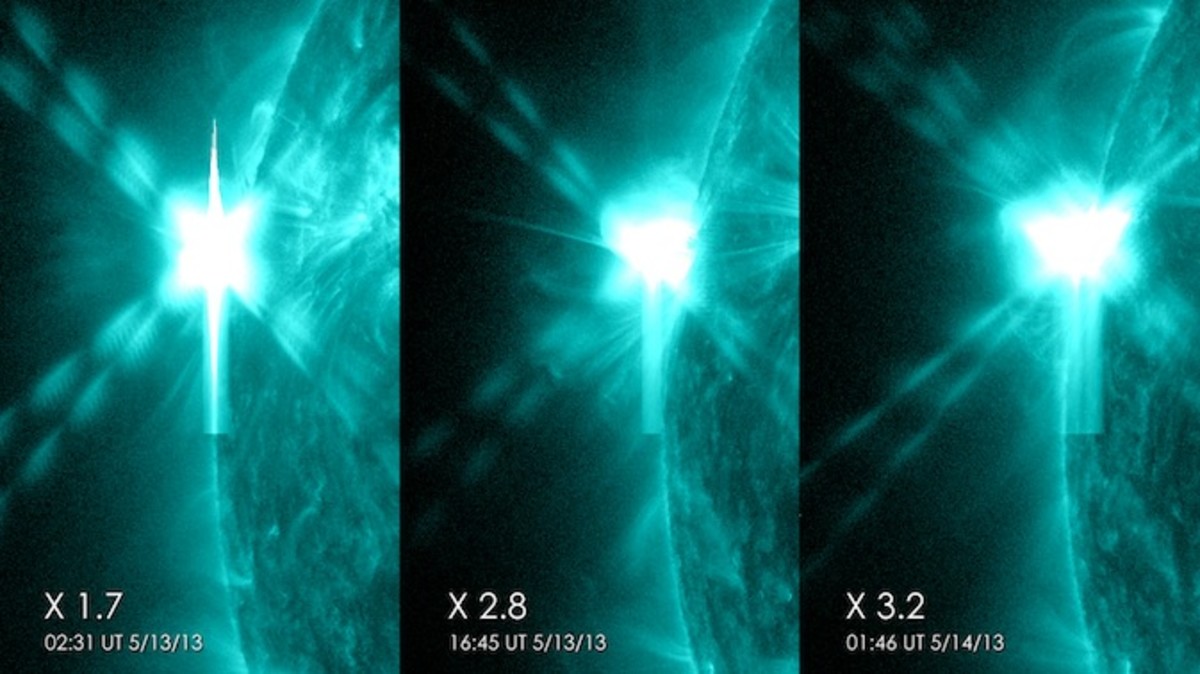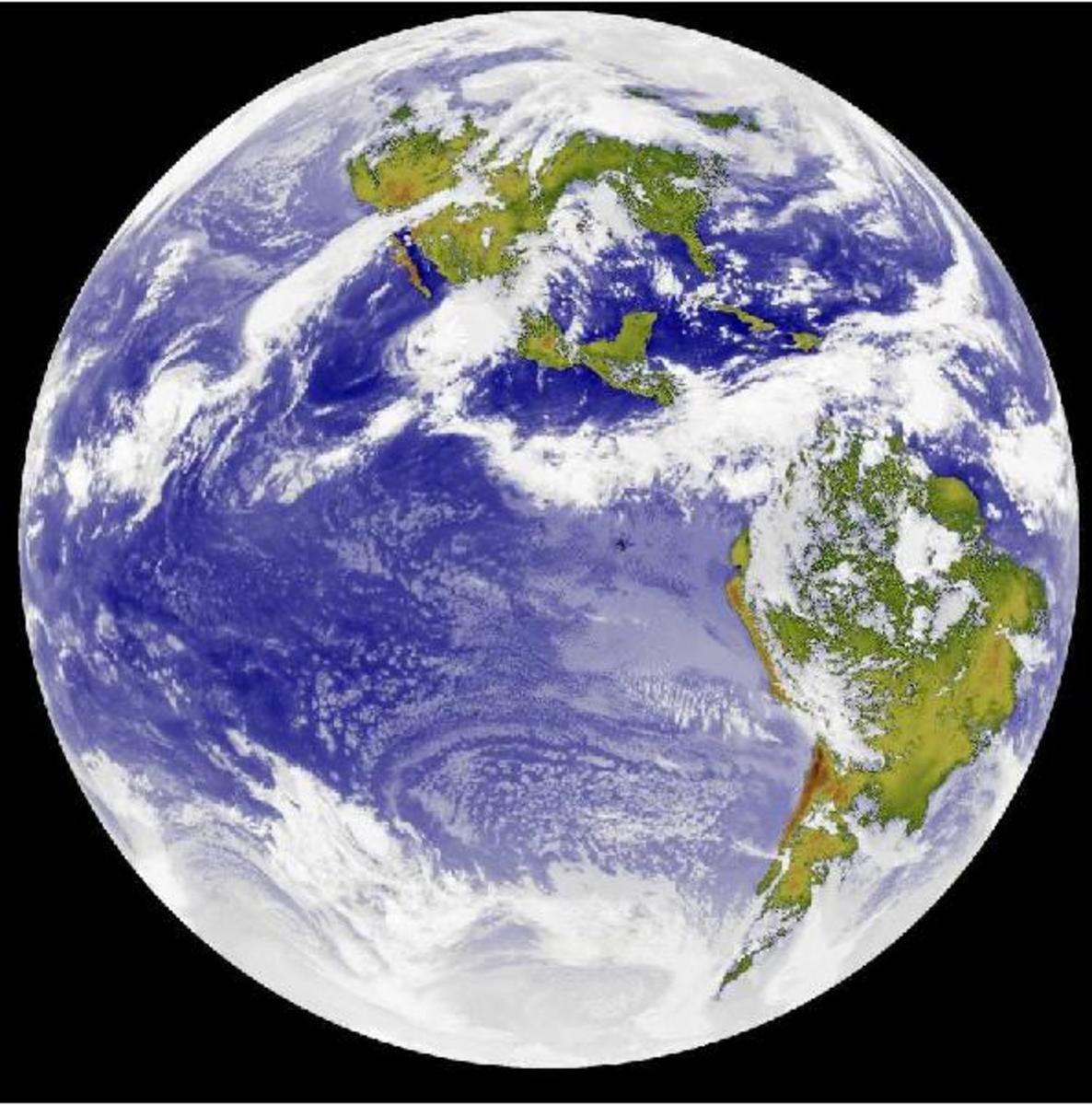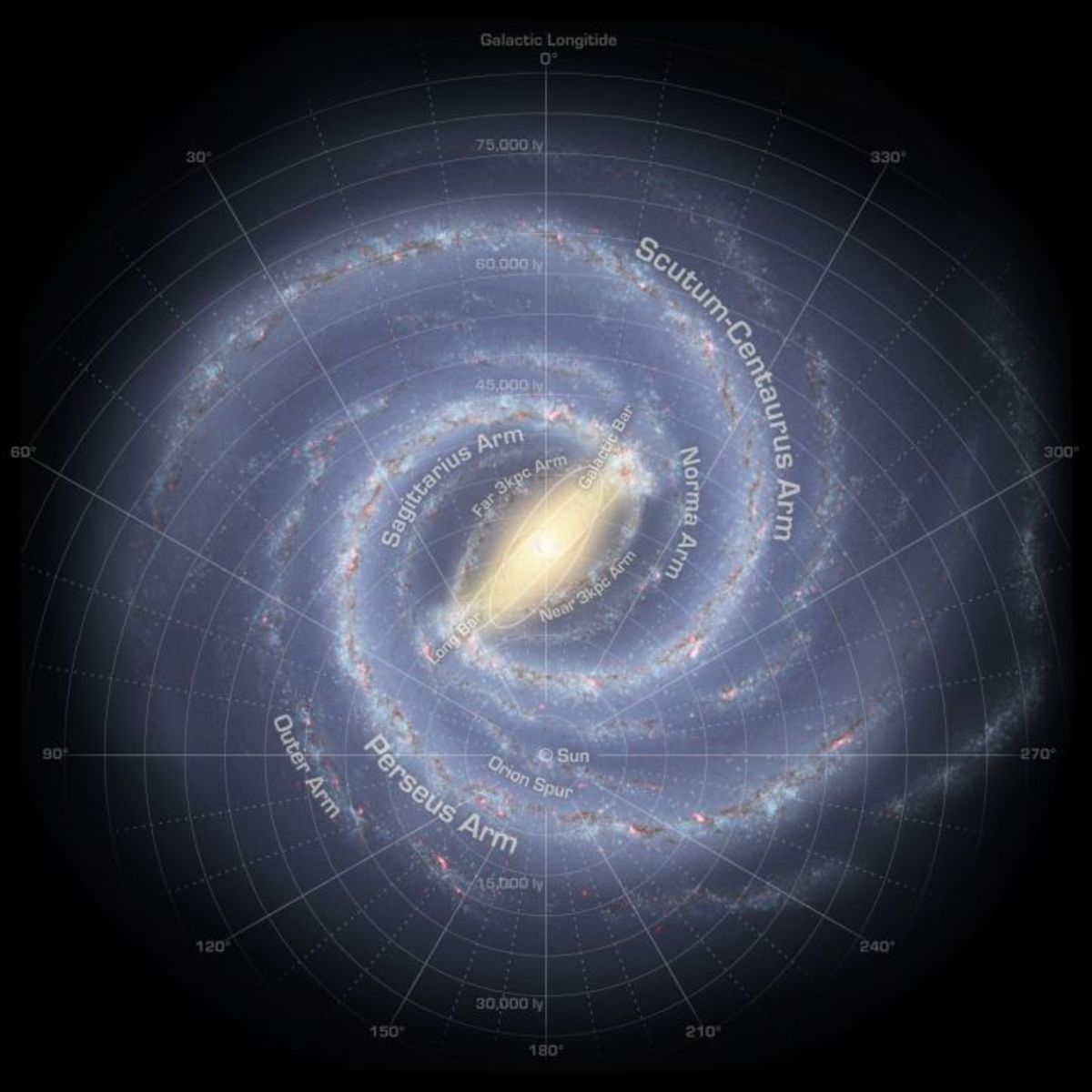Space Jam or Space Junk?
The Threat No One's Talking About
Over the past several decades, more and more companies have taken interest in the outermost limits of our atmosphere. Up there is where satellites can be found, providing cellular service around the globe, as well as performing surveillance, checking the weather, and looking out into space. There are over 5,000 satellites, including defunct ones, currently orbiting the planet. However, when a man-made object dies, it is not always possible or plausible to retrieve it, and it drifts around uselessly amongst everything else that we have left there with it. This includes any abandoned machinery that finds its way into space. NASA defines these pieces of trash as Orbital Debris, and they actively track every piece of debris is large enough to find. Over time, this collection of old, used parts amounts to large pieces of metal traveling between 17,000 and 18,000 miles per hour, posing significant risks to anything passing through. This number is only growing, showing no signs of diminishing. Some companies, like SpaceX, want to introduce massive constellations of satellites that will cover the globe, providing not only faster and more accurate cellular service, but also to reach more remote parts of the globe. This will add to the congestion, and presents even more problems. The Kessler Syndrome, named after NASA scientist Donald Kessler, is the prediction that when Earth gets too crowded in the atmosphere, one collision would cause two objects to erupt into thousands of smaller fragments, which would then all go on and cause many more collisions, and the process would repeat until there are so many shards and chaos that it would be impossible to send anything else up without it also getting shredded, and hence adding to the problem.

Environmental Issues
Those are all the most apparent ways that the trash is impacting us. However, a less obvious problem is the way in which it impacts the environment. Part of what keeps the debris in space is its speed. When the object slows down, or gets deflected, it can find its way falling to Earth. These pieces, usually very small, tend to burn up in the atmosphere long before coming anywhere near the surface of the planet. However, as they burn up, they release chemicals and gases that damage the atmosphere around it. Now, when compared to the damage that we are doing with our carbon emissions and fossil fuels, this issue is practically microscopic. However, NASA is currently tracking over 500,000 pieces of debris, with millions of pieces too small to be tracked. With numbers that large, no matter how small they are, there is the potential for serious damage to be done to the environment. Additionally, with the thought in mind that companies are looking to continue adding hundreds more satellites while also venturing to the moon and beyond, the threat that this situation poses becomes all the more dangerous.
NASA says....
There are over 500,000 pieces of debris larger than a dime! Each of these are going over several thousand miles per hour and poses a great threat to the ISS and any astronaut adventuring out into space.
Should We Take Action?
Despite these dangers, there is still a debate about what to do about the junk floating around. There has been no recorded incident of anyone ever getting hurt by any of the debris, and it poses no immediate threat to the health of anyone. It can even be argued that the programs to put those “mega-constellations” of satellites are far into the future enough that it won’t actually pose a threat to the atmosphere for many years to come. In order to fix this problem, it would require many hours, lots of money, and tons of resources. In all honesty, these are all true. While there have been moments where the International Space Station has been struck by debris, they’re usually just dust particles, or something too small for NASA to track, causing insignificant amounts of damage to the station. At the moment, it is more of a burden to fix the problem then what it’s worth. But on the other hand, it would be to prevent a catastrophe that will inevitably exist in the future. To ensure our own safety and that of our environment, action must be taken. But current ideas of solving the problem may just contribute to others.
Current Solutions
The leading ideas that companies (and even countries, specifically Switzerland) have been leaning towards only focuses on one issue - the blockage of spacecraft from getting through. The most efficient way to solve this issue, is to slow down debris so it falls into our atmosphere and burns up. As stated previously, doing this in large numbers will prove destructive to parts of our atmosphere. To make matters worse, the targets for the clean-up missions will be the most threatening objects, or the biggest ones. The bigger the object, the more gases it releases when burning up, and the environmental problem grows bigger as the barrier grows smaller. If you could bring the trash down to the surface without letting it burn up in the atmosphere to be recycled, that would be ideal. However, to do that would most likely require a shuttle of some kind going up, collecting trash, then returning to the surface. To make a difference, this would have to be done a ridiculous amount of times, using up massive amounts of fuel and money. This is unrealistic, and ultimately would take way too much time to be significant. Another option is to knock it out of orbit into space. This idea would save our environment, and seeing how space is essentially infinite, without anything to really slow the debris down, it would disperse the trash to somewhere it truthfully would not harm any environment. The most likely scenarios include the trash either continuing on forever, getting smashed in a collision with some other space object, landing on another planet, or getting burned up in a star. No matter how it plays out, the object no longer poses a threat, and due to the vastness of space, is highly unlikely to be anywhere near any of the other garbage we would send out. The only downside is the concept of humans, once again, ruining nature due to littering. While this may seem ridiculous seeing how we would most likely never see it, imagine mankind finally reaching Mars, only to find that a large piece of metal, with the faded logo of some corporation still remaining, beat us to it. Takes a little bit away from the natural splendor, doesn’t it?

What Can We Do?
Truth be told, there does not seem to be a solution that provides no downside in this fight against space junk. No matter what, it seems the environment will be affected. The best thing we can do is to slow down the amount of things we throw into space. With modular spacecraft, instead of dropping off used up parts in the atmosphere, maybe make some way for it to return to Earth. Update satellites instead of replacing them. There is software on them that would not require retrieving them. Or, if you would need to retrieve them, instead of sending up a shuttle to drop off more, send up a shuttle to bring them down safely so they can be repaired and improved before sending them back up into space. Additionally, governments could regulate who puts up satellites, and if they are deemed eco-friendly. This might include longer lasting batteries, size, and location. One final idea is to prioritize and target potentially dangerous items and be selective about bringing them into the atmosphere. Instead of dumping everything possible back to Earth to burn up, start with the most threatening objects, and work from there.
This all being said, the solution is much more complicated than the examples I listed above. These things cost money, time, and resources. All I'm saying is that hopefully soon mankind will recognize this growing threat and start treating it as such.








